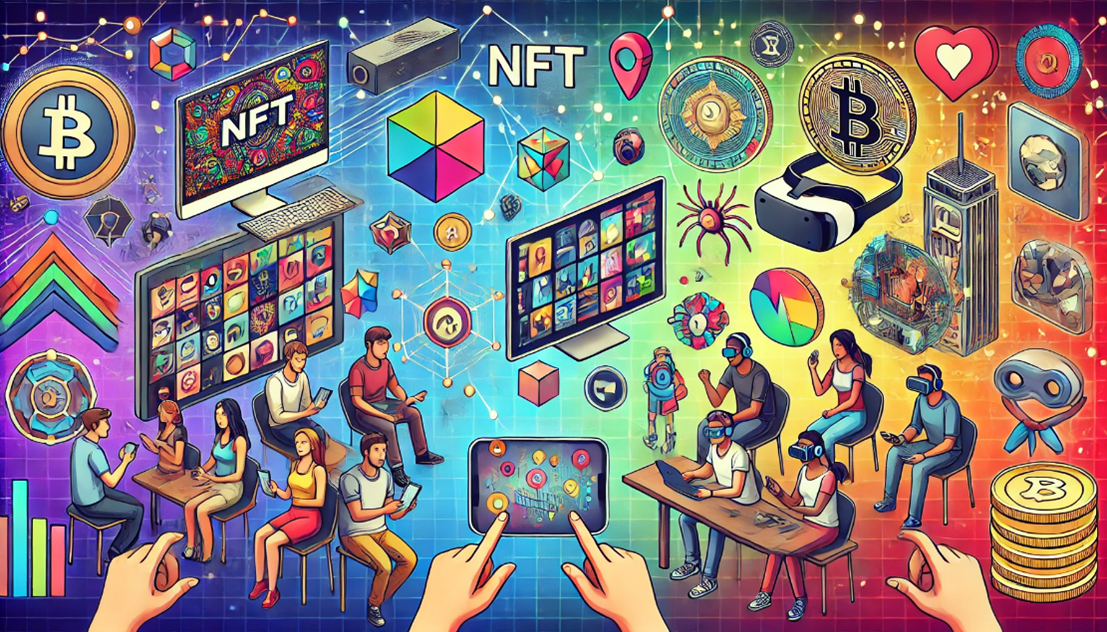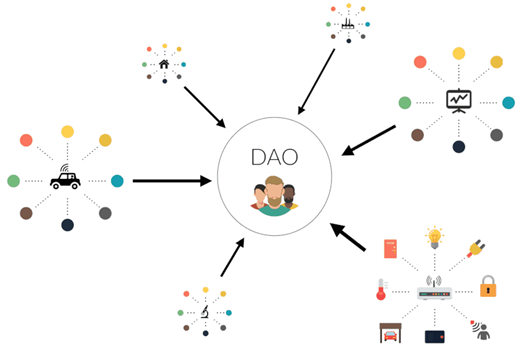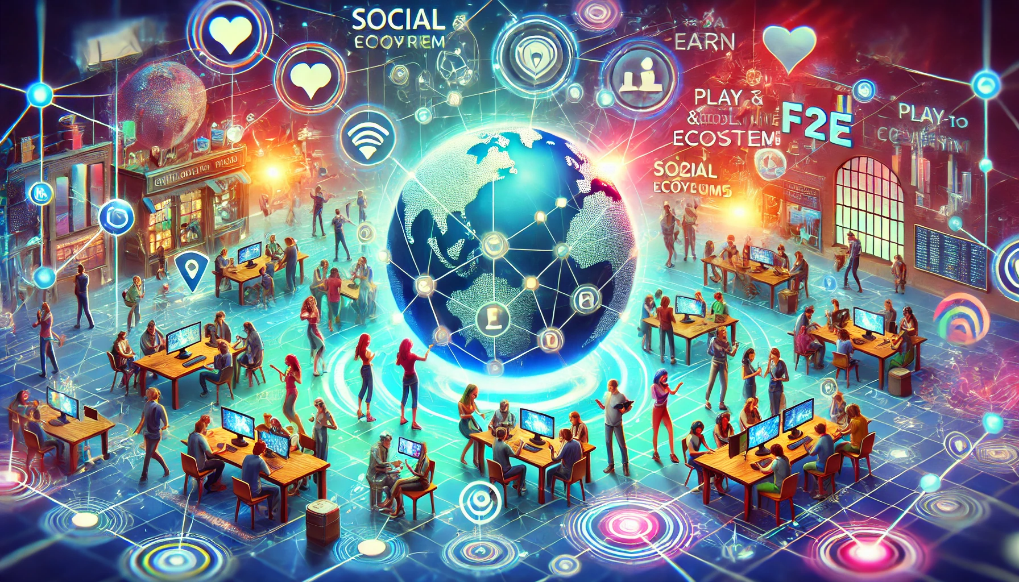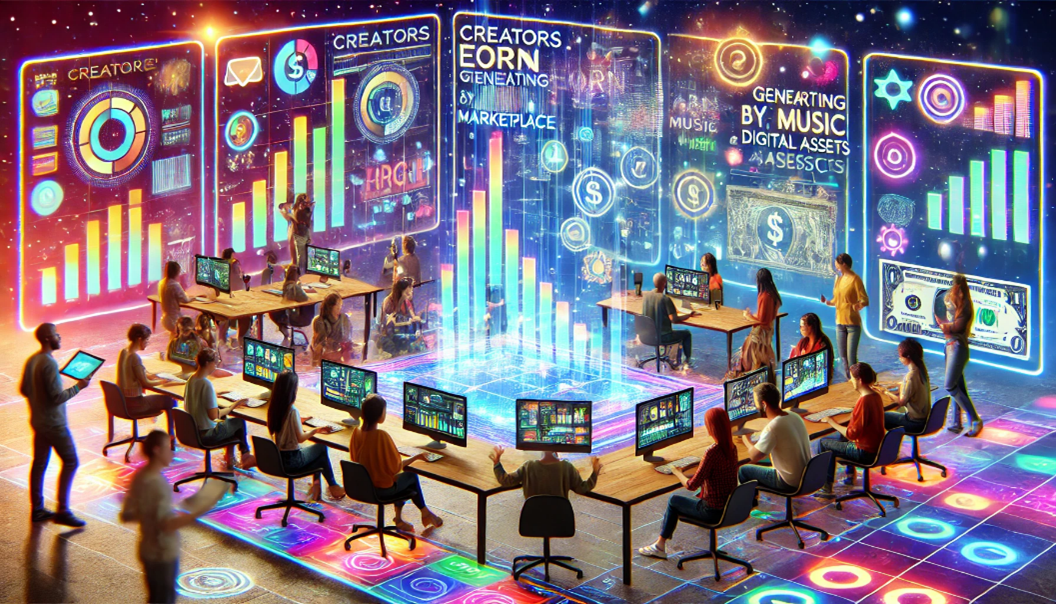Future trends of P2E Gaming

Future trends of P2E Gaming
by Nathaniel 03:59pm Jan 09, 2025
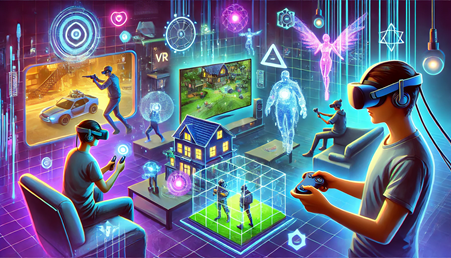
Future trends of P2E Gaming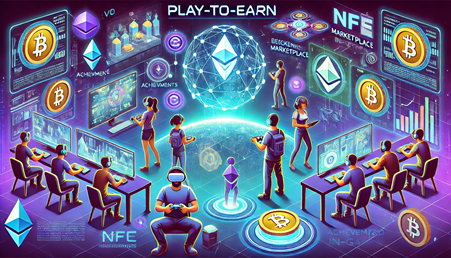
The Play-to-Earn (P2E) gaming industry is evolving rapidly, and its future holds immense potential. With the integration of blockchain technology, NFTs (Non-Fungible Tokens), and cryptocurrencies, P2E games are transforming how players interact with games, earn rewards, and own digital assets. The future of P2E gaming will likely feature a blend of technological advancements, improved user experiences, and more sustainable economic models. Here are some key future trends that are expected to shape the P2E gaming landscape:
1. Interoperability Across Games and Platforms
Cross-Game and Cross-Platform Assets: One of the most exciting developments in P2E gaming is the interoperability of digital assets. In the future, players may be able to transfer their in-game items, skins, NFTs, and even characters from one P2E game to another. This would create a unified ecosystem where items or assets acquired in one game can be used in others, increasing the utility and value of digital assets.
Blockchain Networks and Standards: The rise of layer-2 blockchain solutions and interoperability protocols will enable seamless transfers of assets and tokens between different blockchain-based games. This could result in a greater sense of continuity and shared ownership across different game worlds.
2. Improved User Experience and Accessibility
Simplified Onboarding: One of the barriers to mass adoption of P2E games is the complexity involved in setting up wallets, understanding cryptocurrencies, and managing NFTs. In the future, games will likely streamline the process of onboarding players, making it easier for newcomers to start playing without needing to manage complex wallets or blockchain processes.
Play-to-Earn for Non-Cryptocurrency Users: Many P2E games will aim to be accessible to players who are not familiar with blockchain and cryptocurrency. This could involve providing alternatives to crypto wallets, using fiat currency payments, and allowing players to easily convert in-game rewards into real-world value.
3. Decentralized Autonomous Organizations (DAOs) in Gaming
Player Governance: Decentralized Autonomous Organizations (DAOs) are expected to play a major role in the future of P2E games. DAOs allow players to have voting power and a direct say in the governance of the game. This could involve decisions related to the game’s economic model, content updates, and the distribution of rewards. Players could collectively decide on game developments and asset distributions, enhancing community engagement and trust.
Community-Controlled Games: More P2E games will likely be run by the community, allowing for governance that reflects the interests of players rather than a centralized entity. This could give players greater control over the evolution of the game world and its rules.
4. Integration of Virtual and Augmented Reality (VR/AR)
Immersive Experiences: As VR and AR technologies continue to mature, P2E games may integrate these technologies to offer more immersive and interactive gaming experiences. Virtual reality (VR) could create fully immersive worlds where players not only earn rewards but also experience real-time interaction with others in virtual environments. This could make the concept of "play-to-earn" even more tangible by blurring the lines between digital and physical worlds.
Augmented Reality (AR) in Gameplay: AR could enhance P2E games by allowing players to earn rewards in the real world. For example, players could find hidden in-game assets or tokens in real-world locations using AR-powered mobile apps, bridging the gap between physical and virtual economies.
5. Enhanced NFT Utility and Ecosystem
More Functional NFTs:While NFTs in P2E games are currently used primarily for cosmetic items and rare collectibles, the future will see more functional NFTs.These NFTs may serve as in-game assets that can enhance gameplay, provide access to special in-game areas, or offer unique abilities. NFTs could become more deeply integrated into the gameplay mechanics rather than just being standalone collectibles.
NFTs as Staking or Yield Farming Mechanisms: Players may be able to stake their NFTs or use them in yield farming systems within the game, earning passive rewards in the form of in-game currency or other assets. This will add another layer of value to NFTs, encouraging long-term investment in the game ecosystem.
6. Sustainable Economic Models
Focus on Long-Term Sustainability: The economic models in many current P2E games face criticism for being unsustainable or susceptible to inflation and market volatility. Future P2E games will likely develop more balanced and sustainable economic models that avoid the pitfalls of Ponzi-like systems and "get-rich-quick" schemes. These models will focus on long-term growth, where in-game rewards, tokens, and NFTs derive their value from intrinsic gameplay value rather than speculative trading.
Play-and-Earn (P&A) Balance: While earning rewards is an important part of P2E games, future games will seek a balance between earning potential and gameplay. Rather than focusing purely on financial incentives, game mechanics will be designed to ensure that the playing experience itself is enjoyable and fulfilling, even for players who are not primarily focused on earning.
7. Increased Integration with Real-World Economies
Bridging Digital and Physical Economies: P2E games will increasingly integrate with real-world economies. This could include partnerships with real-world brands or events, where in-game rewards or NFTs can be redeemed for physical goods or experiences. For instance, players may be able to exchange in-game tokens for discounts at online retailers or access to exclusive events.
Global Payment Systems: The use of digital currencies in P2E games will likely expand, making it easier for players from different regions of the world to participate in the game economy. This could involve creating seamless cross-border transactions with both cryptocurrencies and local fiat currencies.
8. AI and Machine Learning for Dynamic Gameplay
AI-Driven Game Design: Artificial Intelligence (AI) will increasingly be used to create dynamic gameplay that adapts to players’ actions. AI could be employed to generate unique quests, challenges, or in-game events, ensuring that players have a constantly evolving experience. This would make games feel more personalized, offering players tailored experiences that adjust to their gameplay styles.
Anti-Cheat and Fairness Systems: AI could also be employed to monitor and detect unfair behavior, such as cheating or botting, within the P2E ecosystem. Machine learning models could identify patterns of fraudulent activity and take action to prevent exploitation.
9. Cross-Industry Collaboration and Ecosystem Growth
Partnerships with Traditional Gaming Studios: In the future, we may see more partnerships between traditional gaming companies and blockchain-based P2E developers. Major studios could adopt blockchain and NFTs into their games, allowing for hybrid ecosystems where traditional gameplay and P2E elements coexist.
Collaborations with Other Digital Economies: P2E games will likely become more integrated with other digital sectors, such as DeFi (Decentralized Finance), social media, and metaverses. For example, players might be able to use their in-game assets to interact with DeFi platforms, earning additional rewards or liquidity.
10. Rise of Play-to-Own (P2O) and True Ownership Models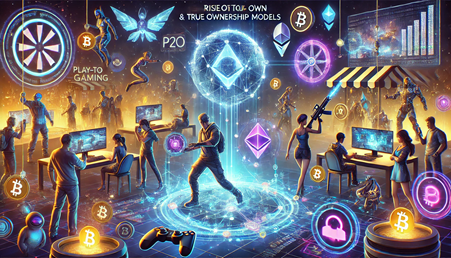
True Ownership of Digital Assets: While P2E games emphasize the ability to earn digital rewards, the concept of Play-to-Own (P2O) will gain prominence. Players will truly own their in-game assets, which will not only be tradable but also carry significant real-world value that can be used beyond the game. This concept moves beyond the idea of renting or lending digital items to full, decentralized ownership, ensuring players retain full control over their assets.
Play and Sell Ecosystem: In the future, P2E players may be able to sell their earned assets not just within the game’s marketplace but on broader, interoperable NFT marketplaces, increasing the liquidity and value of their in-game assets.
11. Social and Community-Centric Games
Player-Driven Content Creation: Many P2E games of the future will increasingly allow players to contribute content to the game world, such as creating their own in-game assets (like skins, levels, or storylines). This will result in more diverse, player-driven game ecosystems where content creation and earning rewards are deeply interconnected.
Guilds and Social Play: Guilds and communities will play an even bigger role in the future of P2E games. More games will integrate social features that allow players to collaborate, form alliances, and earn rewards as groups. Social capital will become a key part of the P2E experience, with players having the opportunity to pool their resources and assets in pursuit of collective goals.



